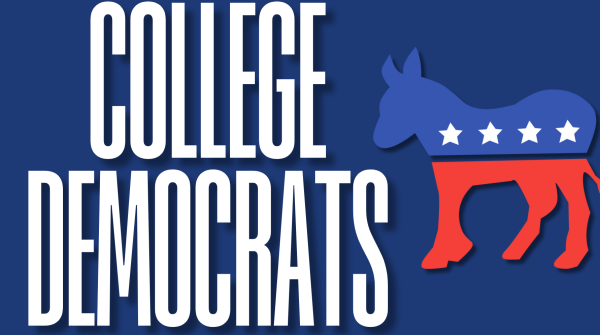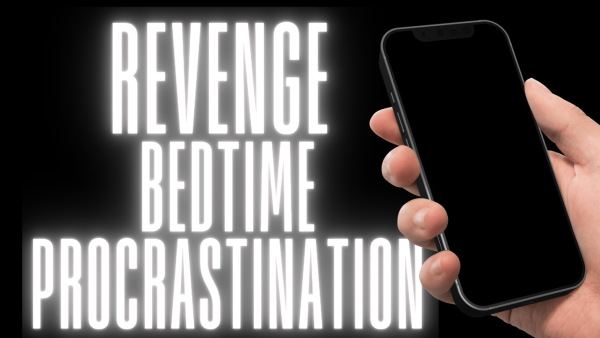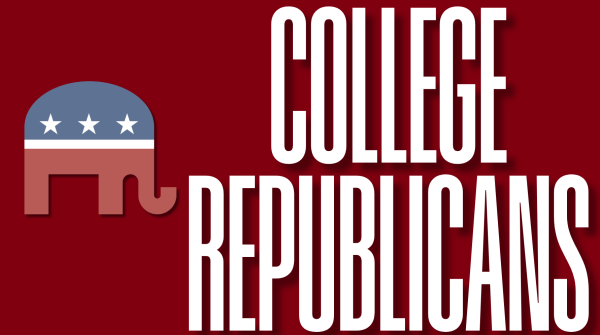Don’t Juul, You Fool
We were supposed to be the generation to stop smoking, and now we can’t quit vaping.
You see it everywhere—on the way to class, behind professors’ backs, in the bars. At this point, “Juuling” is so ubiquitous that the sleekly designed product seems like an extension of the human hand.
But enough is enough. We’ve strayed further from the light. The bit has gone on for too long.
We’re well aware this sentiment makes us seem like an editorial board full of squares, but the facts are impossible to ignore.
Juul sales skyrocketed from 2.2 million devices in 2016 to 16.2 million in 2017, according to the Centers for Disease Control and Prevention, and these figures don’t even account for purchases made online.
The number of high schoolers who used e-cigarettes in the last month is nearly three million, a 75 percent rise from last year according to the Food and Drug Administration (FDA).
People as young as middle school are getting addicted to nicotine at alarming rates. Bronx High School of Science recently closed six of its bathrooms in an attempt to address students vaping in the stalls
Yet 63 percent of young Juul users were unaware that the product always contains the highly addictive substance. This statistic is glaring and unacceptable.
One Juul pod contains 20 cigarettes worth of nicotine, a dangerous concentration.
A product that was initially designed to offer an alternative to nicotine addicted adult smokers is creating another public health crisis by getting a generation too young to understand the true severity of its implications hooked.
There is plenty of research verifying the slippery slope of Juuling; people who use e-cigarettes are four times more likely to start smoking regular cigarettes.
A cessation device for a niche crowd has become the kind of gateway drug D.A.R.E. always promised marijuana would be. Like smoking, there are no benefits to young people using e-cigarettes. There are only drawbacks.
That being said, we must take action to combat the current epidemic of vape culture, exposing the dangerous underbelly of e-cigarette use to supporters and skeptics alike.
While prohibiting activities is not always the best way to keep young people from participating in them, it is not a bad place to start.
Fordham allows smoking on campus, despite other New York City institutions taking a tobacco-free approach. Perhaps because we tolerate the presence of cigarette use on campus, the administration has not thought to consider the dangers of vaping.
Despite the university taking stances on many other issues, there has not been a single move to educate the student body about the dangers of Juuls. We feel this is a missed opportunity.
Fordham is surrounded by vape shops, and you cannot walk by one without being surrounded by a sickly sweet Juul cloud. With these harmful and misadvertised products so easily accessible, Fordham needs to take some sort of stand, whether it is just a PSA or going so far as to ban them on campus.
If Fordham can add hoverboards to the list of prohibited items on campus within a few months of them taking the world by storm, the university can ban Juuls.
Yesterday’s announcement that Juul would suspend sales of a majority of its fruit flavored pods at retailers across the country, discontinue social media promotions and strengthen age verification for online sales are all steps in the right direction.
But for many, this action—largely due to sustained government pressure and public backlash—is too little, too late.
As consumers, we should not give our money to companies that deliberately target and deceive minors.
The FDA’s surprise inspection of Juul Labs in October has pressured the company to be more forthright about its motives, implementing better practices moving forward.
Juul caught young people off guard with its targeted advertising, and it trapped a large number of us in its web. Just like how we were supposed to end smoking, we now have the burden of ending vaping as well, and we hope Fordham University will help us in this endeavor.











































































































































































































